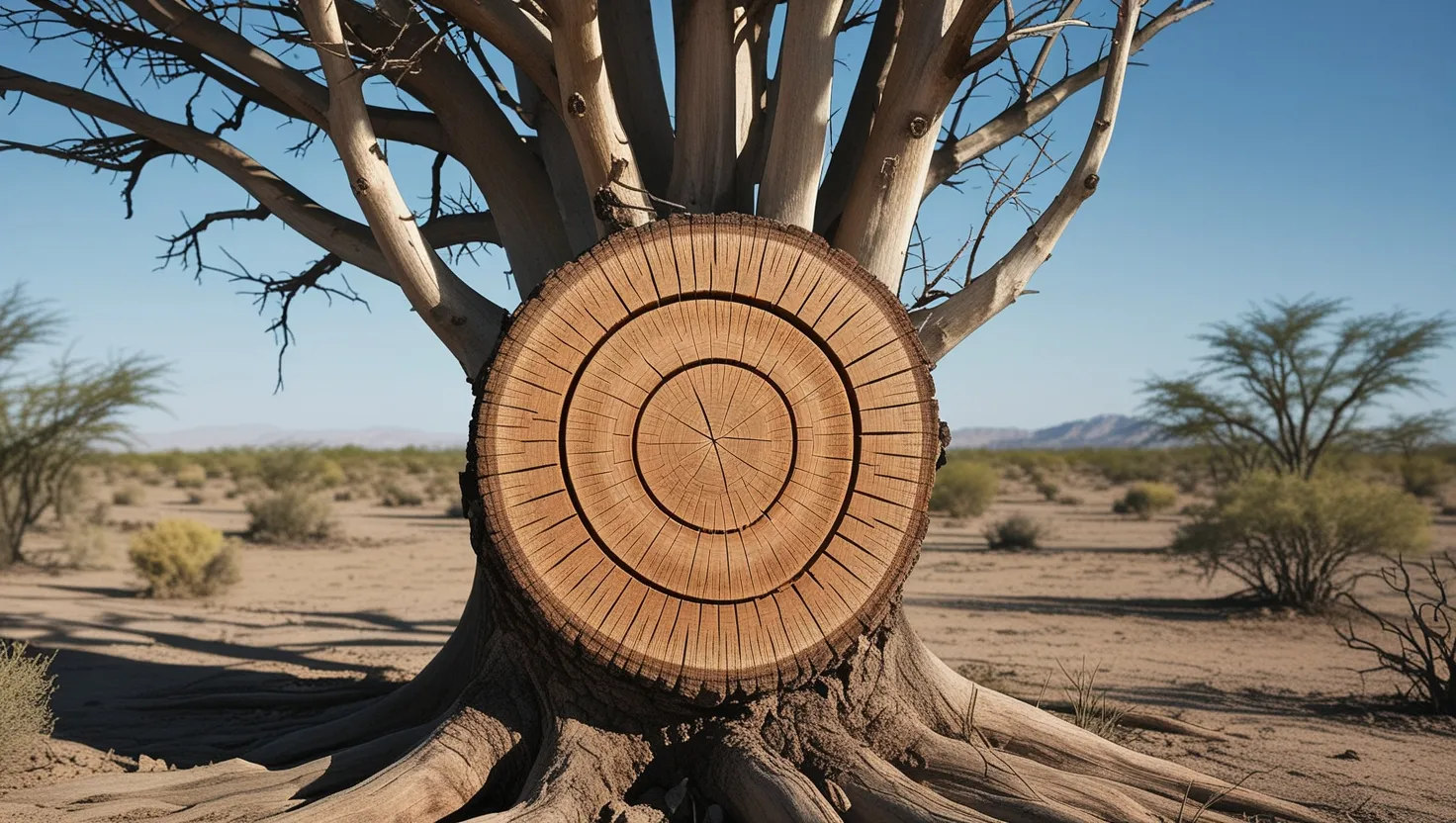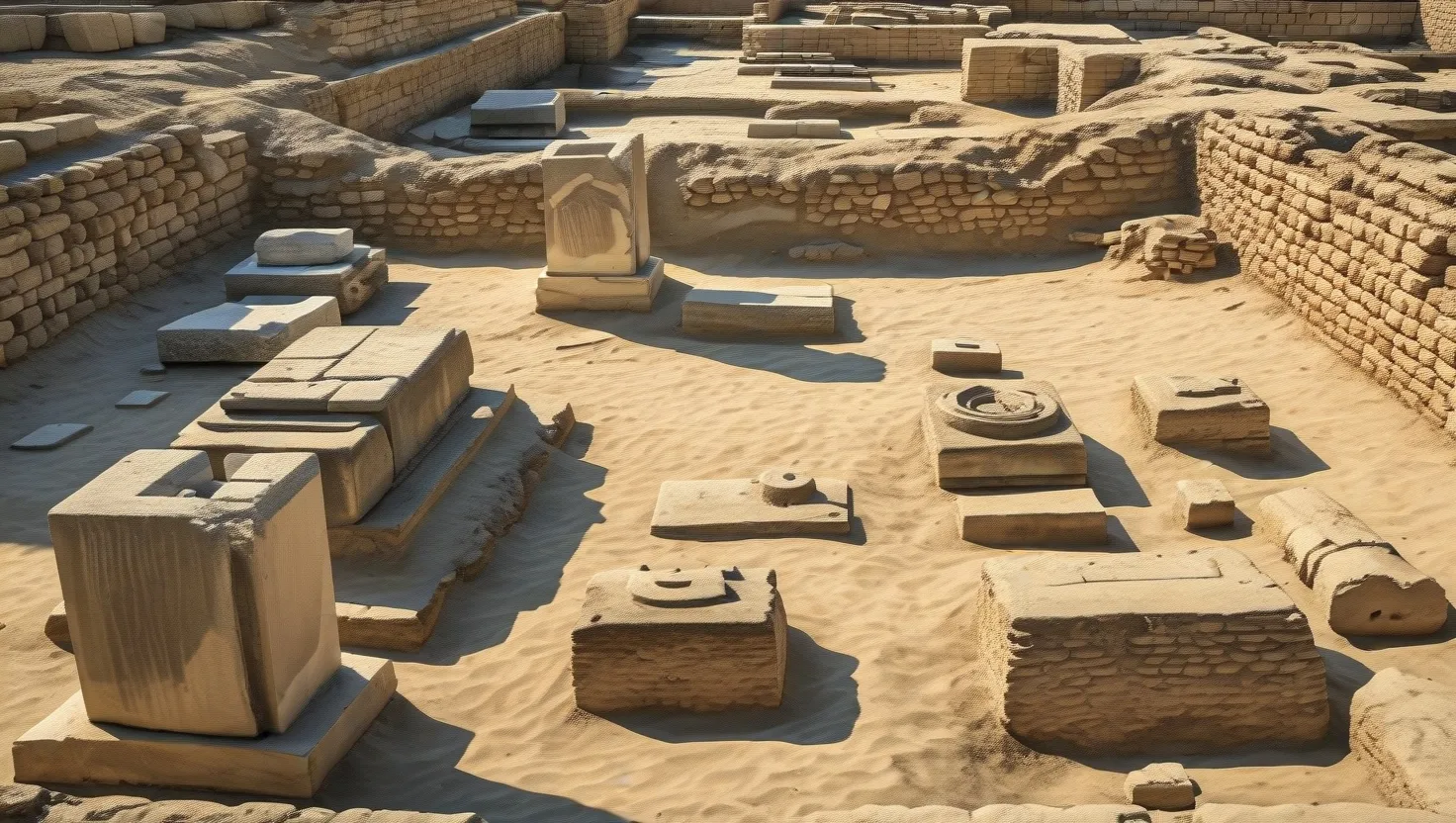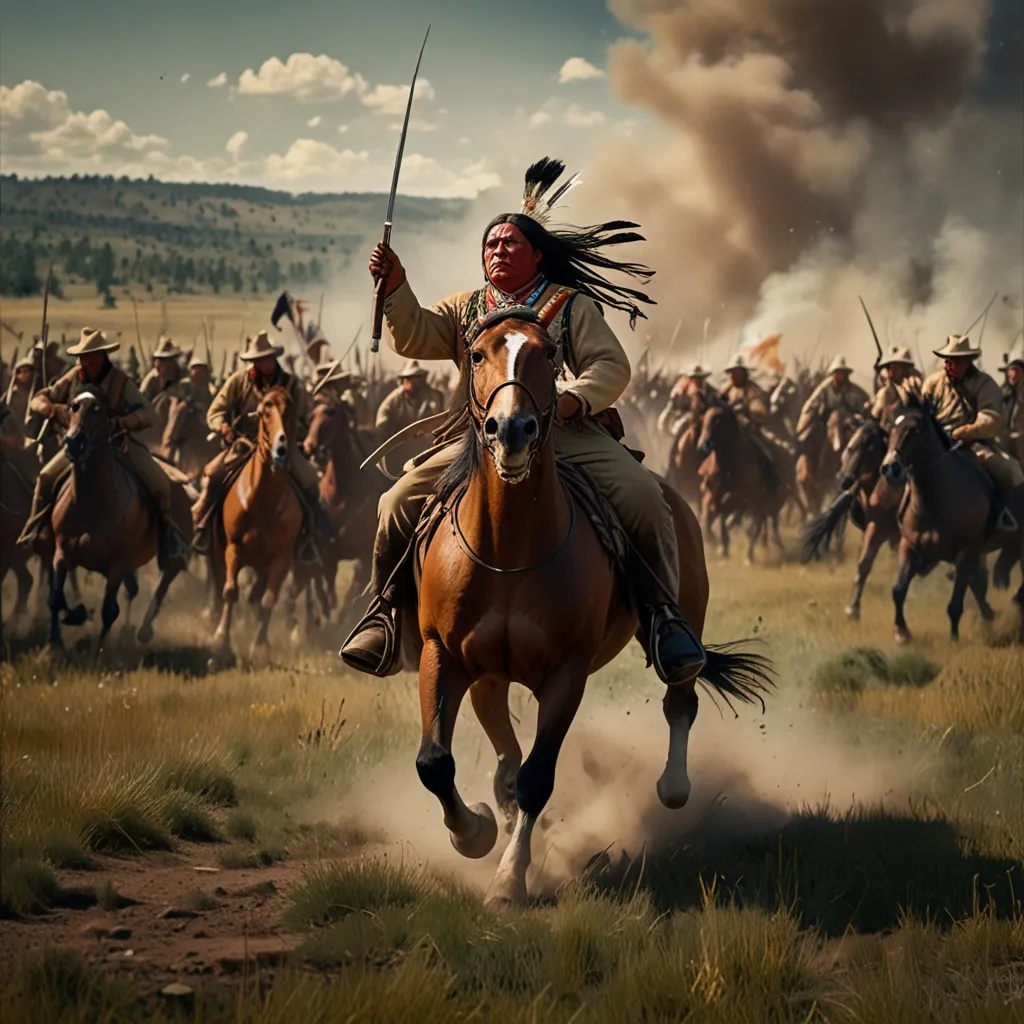When we think about climate change, we often focus on the present and the future, but understanding the past is crucial for predicting what’s to come. One of the most powerful tools for uncovering the secrets of Earth’s climate history is dendrochronology, the study of tree rings. These natural archives have revealed a startling picture of massive, centuries-long droughts that have shaped civilizations, ecosystems, and landscapes in profound ways.
Tree rings are more than just a curiosity; they are a precise record of the climate conditions in which the trees grew. Each ring represents one year of growth, with the width and density of the ring indicating the availability of water and nutrients during that year. In arid regions, where tree growth is highly sensitive to rainfall, these rings can tell us a lot about past droughts. For instance, in the Western U.S. and parts of the Americas, such as Chile, tree rings have shown a pattern of severe droughts occurring about once a century, with some of these droughts lasting for decades and earning the label “megadroughts.”
One of the most significant discoveries from tree ring analysis is that these megadroughts were not isolated events but often occurred simultaneously across large regions. In the Medieval period, from around 800 to 1400 A.D., the American West experienced a series of severe multidecadal droughts, known as the “Great Drouth,” which had a profound impact on the Puebloan societies of the region. These droughts were so severe that they allowed trees to grow in streams and lakes, a phenomenon that would be impossible in normal times.
The cause of these megadroughts is linked to large-scale climate patterns, particularly the La Niña phenomenon. La Niña, characterized by abnormally cool sea surface temperatures in the eastern Pacific, can deflect rainstorms from their usual tracks, leading to prolonged droughts in North and South America. This connection is not just theoretical; it has been confirmed by numerous studies that have analyzed tree rings, corals, ocean sediments, and ice cores. For example, during the Medieval period, a persistent weak La Niña in the tropical Pacific, combined with a warm subtropical North Atlantic Ocean, was the dominant cause of these droughts.
The impact of these megadroughts on human societies was devastating. In the American Southwest, the collapse of local Native American communities during these droughts is well-documented. The narrow tree rings from this period correlate with historical records showing the decline of these communities. Similarly, in Europe, the “Dantean anomaly” around 1310, characterized by successive wet and cool summers, led to crop failures and famine, resulting in the loss of one-sixth of the European population.
Understanding these past climate patterns is not just about history; it has critical implications for our future. By analyzing tree rings, scientists can build “drought atlases” that provide a comprehensive view of past rainfall patterns. These atlases help in predicting future droughts and in developing strategies for water management and climate adaptation. For instance, the Western U.S. and Chile are expected to face similar megadroughts in the future, exacerbated by human activities that contribute to climate change.
In Australia, a similar story emerges from the analysis of 700-year-old native cypress trees in the Wheatbelt region. These trees reveal a history of megadroughts lasting up to 30 years, with the worst drought periods occurring before the 20th century, which was relatively wet. This historical context is crucial for understanding the current climate and preparing for future challenges.
The method of dendrochronology is not limited to arid regions; it also works well in other climates. In the UK, for example, tree rings show the impact of wet and cool summers on crop yields and societal stability. The width and density of tree rings in British oaks have provided detailed records of climate variability over centuries, highlighting the close relationship between climate stability and societal well-being.
As we look to the future, the lessons from tree rings are clear: climate change is not a new phenomenon, but its current pace and global impact are unprecedented. The industrial era has brought about a unique period of global warming, unlike any other in the past 2,000 years. By studying the past, we can better understand how our climate system responds to changes and how we can adapt to the challenges ahead.
For instance, the combination of proxy records from tree rings, corals, and ice cores with global climate models has provided a powerful tool for understanding past climates. This approach has shown that megadroughts in the American Southwest were driven by a combination of factors, including La Niña, a warm North Atlantic Ocean, and small global temperature warming. These insights are invaluable for predicting future climate variations and developing strategies to mitigate their impacts.
In conclusion, the study of tree rings offers a window into the past that is both fascinating and instructive. These ancient “megadroughts” remind us of the resilience and vulnerability of human societies and ecosystems in the face of climate change. As we navigate the complexities of our rapidly warming world, the secrets hidden in tree rings are more relevant than ever, guiding us toward a future where we are better prepared to face the challenges that lie ahead.






